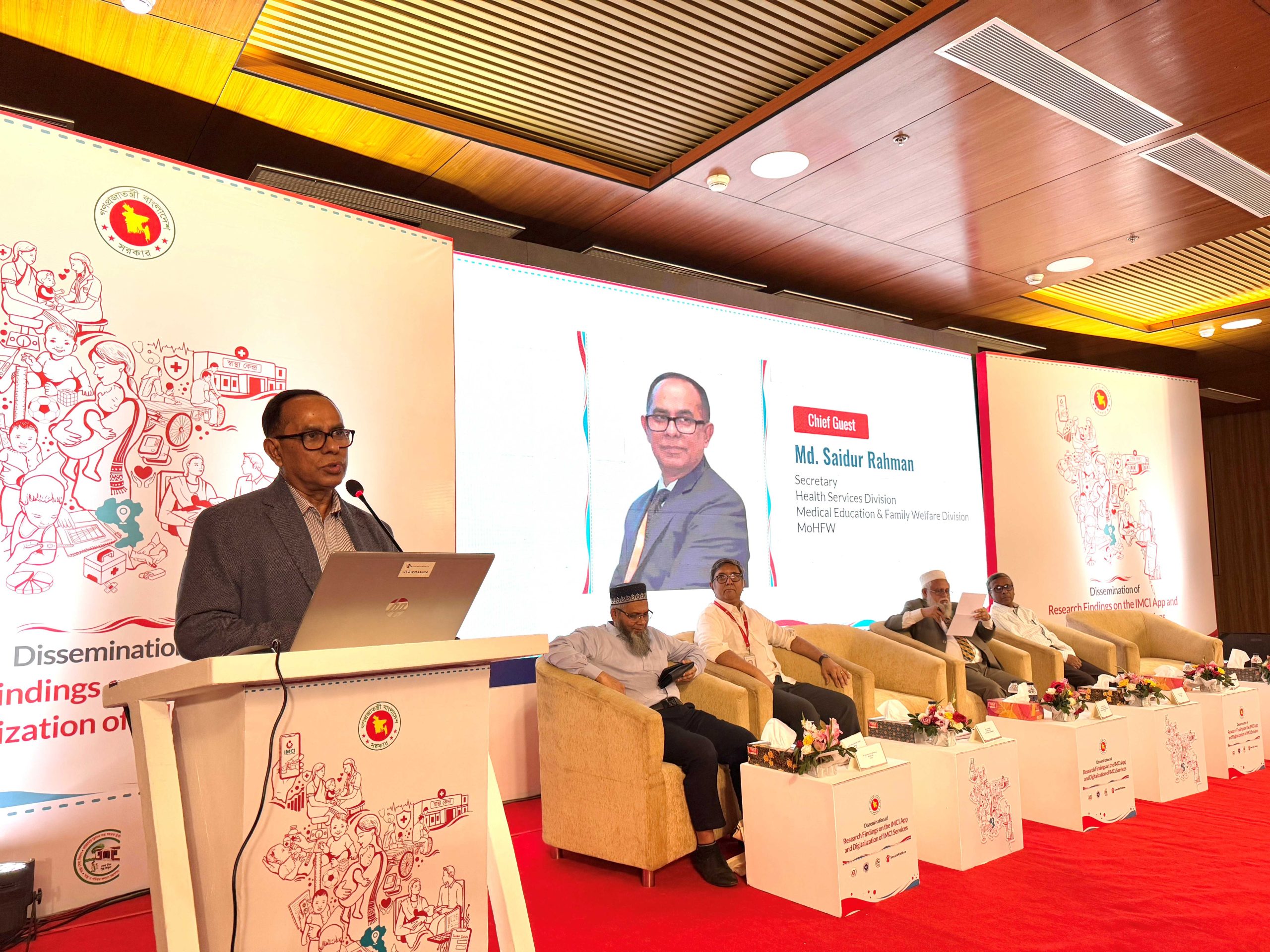An overview of an online course that teaches an approach to creating a good business that prioritises works first.
Prioritising the wellbeing of workers is not just a good or ethical thing to do, but because it makes business sense. A happier, healthier workforce is a more productive workforce. A productive workforce is more likely to attend, perform their best work, and add more value to an organisation. Unfortunately, investing in the well-being of workers isn’t so simple. The course, ‘How to Create a Good Business’ is all about worker wellbeing and what it means across different contexts. The course covers research techniques to find the sweet spot between worker interests and firm interests and understand how to design scalable solutions to enable both parties to thrive.
Module 1: Is Worker Wellbeing Good Business?
Creating a good business involves aligning the priorities of workers with the priorities of management. In the introductory module, leaders from industry, labour, and research share expert insights and provide real-world context to help explain the relationship between worker wellbeing and business performance. The module also takes a close look at labour rights, the labour market, and unionisation movements which are essential aspects to understand in order to put proper value on the labour force.
Duration: 3 hours
Videos: 10
Readings: 11
Quizzes: 2
Module 2: Impacts of SSD on Life and Workplace Outcomes
This module explores how investing in the soft skills of workers can have positive impacts on business outcomes. Covering topics such as self-confidence, effective communication, and wider life-skill development, case studies are used from blue-collar settings to understand the role of rigorous research in developing soft skill training programs that are effective for workers and scalable for firms. Emphasis is given on the importance of developing skill sets of women workers.
Duration: 4 hours
Videos: 9
Readings: 8
Quizzes: 1
Module 3: Worker Voice
The module begins by exploring the history of worker voice and the importance of worker–management communication. Using the case study of ‘Inache’ – a worker grievance redressal tool developed by Good Business Lab in partnership with one of India’s largest exporters of ready-made garments – the module contents go through the end-to-end process of researching worker and business requirements, designing a solution, evaluating the effectiveness of the solution in a real-world pilot study, and then adapting an intervention for implementation at scale.
Duration: 4 hours
Videos: 13
Readings: 11
Quizzes: 1
Module 4: Workplace Environment & Mental Health
The mental, physical, and holistic health of workers greatly determines the success of any organisation. In this module, learners explore how the workplace environment can influence the wellbeing and productivity of workers. Through multiple research case studies, learners also learn about how firms can improve the productivity and retention of their workforce by designing interventions that address health and safety challenges workers face. Complex interconnected issues such as pollution, climate change, workplace environment, and menstrual health are also discussed.
Duration: 4 hours
Videos: 11
Readings: 11
Quizzes: 1
Module 5: The Importance of Managers
The module explores the importance of managerial quality on worker wellbeing and business outcomes. The module contents go through multiple case studies from different industry settings across the globe to explore how managers can be better trained, supported, and utilised, in order to be more effective in their roles and contribute to creating a good business. STITCH Evaluation methodology is explored in the module. Additionally, the various ways that management practices across firms and countries differ are explained.
Duration: 2 hours
Videos: 7
Readings: 7
Quizzes: 1
Module 6: Worker Wellbeing Plan
In the final module, learners draw on all the lessons covered in the course to design a program that addresses a real, specific challenge in their respective workplaces. This final assessment will be submitted for peer review, providing a unique opportunity to connect with peers in the worker wellbeing and good business community. The reading materials encourage learners to develop a worker wellbeing intervention plan, draft an intervention development guide and present a project submission template.
Duration: 2 hours
Videos: 0
Readings: 3
Quizzes: 1
COURSE OVERVIEW
Platform: Coursera
Duration: 22 hours
Difficulty: Beginner
Flexibility: Self-paced















